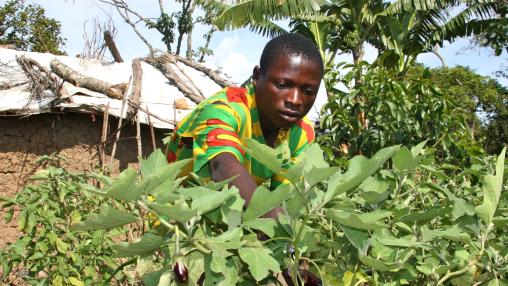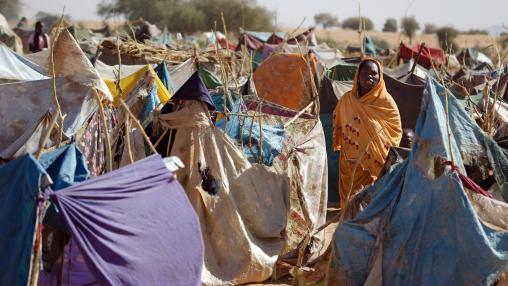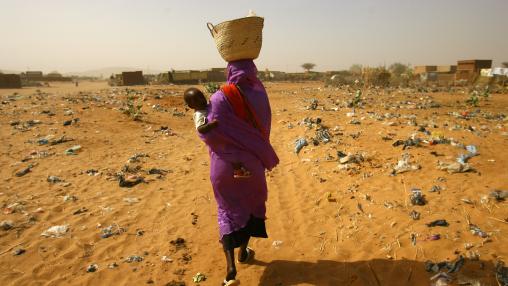
Acute Food Insecurity, Malnutrition on the Rise in Somalia
As of September 2025, as many as 3.4 million people in Somalia were experiencing acute food insecurity, according to the latest IPC country-level alert. While this represents a reduction from 3.6 million in September 2024, that number could reach as high as 4.4 million by December 2025 unless urgent action is taken.

Despite improvements, Uganda's refugee population continues to face alarmingly high food insecurity
Due largely to conflict and subsequent instability in South Sudan and the Democratic Republic of the Congo, Uganda is currently home to more than 1.9 million refugees. This is the sixth largest refugee population in the world. According to a new IPC alert released this week, despite Uganda’s welcome of people fleeing neighboring countries, the rapid growth of the refugee population has placed significant strain on the country’s systems. As a result, an estimated 37% population is expected to experience high levels of acute food insecurity through February 2026.

Rising acute food insecurity and malnutrition in Mozambique
Drought, unpredictable rainfall patterns, high and rising food prices, and continued conflict and internal displacement are driving acute food insecurity in Mozambique. A new IPC alert released last week reports that between April and September 2025, more than 2 million people have experienced IPC Level 3 food insecurity and 143,000 people have experienced IPC Phase 4 food insecurity and malnutrition.

Famine Continues to Spread in Sudan: New IPC Alert Released
As the conflict in Sudan enters its twentieth month, acute food insecurity in the country is spreading rapidly. According to a new alert from the IPC Famine Review Committee, Famine conditions have been identified in five areas of the country, with an additional five areas expected to face Famine between December 2024 and March 2025. As many as 17 additional areas are at risk of Famine, and half the country’s population—24.6 million people—is currently experiencing high levels of acute food insecurity.

More than 30 Million Need Urgent Food Aid in Southern Africa
More than 30 million people in southern Africa will need significant food aid through the upcoming lean season, according to a new report from FEWS Net. This represents an increase of 50 percent from the 2023-2024 lean season. Conflict and extreme weather are the major drivers of the region’s growing humanitarian needs.

Sudan Faces Risk of Widespread Famine, Says New IPC and FEWS Net Alerts
As conflict worsens in Sudan, the country is facing unprecedented levels of acute food insecurity and malnutrition, according to a new alerts from both Integrated Food Security Phase Classification (IPC) and FEWS Net.
IPC Alert - Sudan, February 2024
and the Rapid Support Forces (RSF) into the southeast. Sudan is now expected to have the third highest share of the population in need
among FEWS NET’s monitored countries in 2024. The opening of this new front is further disrupting trade and agricultural activities in
Sudan’s breadbasket, posing a significant threat to national food availability.
IPC Alert - Gaza Strip, Dec 2023
IPC Alert - Afghanistan, Dec 2023

Conflict Driving Acute Hunger in Sudan, Burkina Faso
As noted in the Global Report on Food Crisis Mid-Year Update, conflict remains one of the major causes of food crises worldwide. Two recent alerts from FEWS Net echo this finding in both East and West Africa, where conflict is driving acute levels of food insecurity and hunger in both Sudan and Burkina Faso.